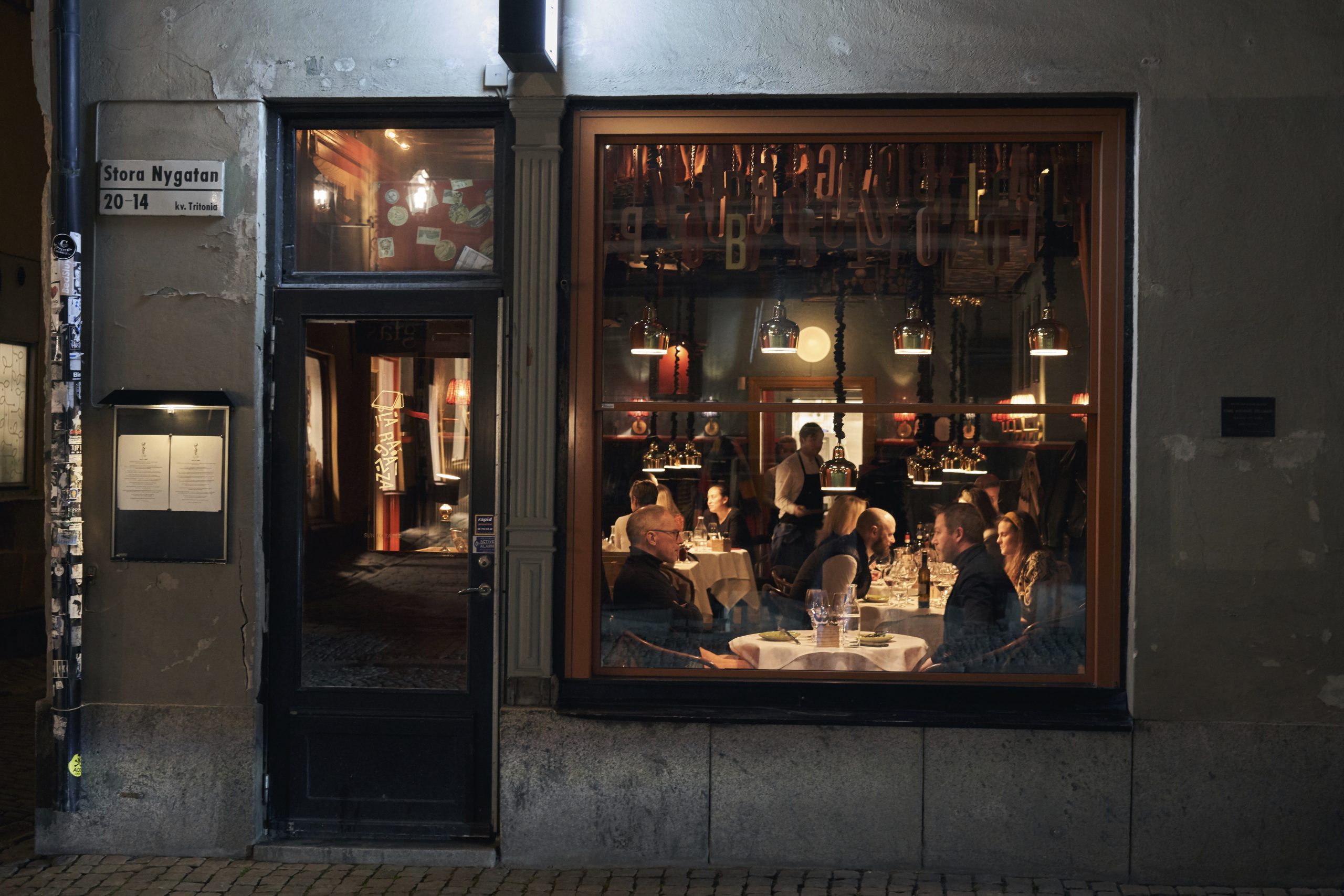What Sweden did right about COVID
Talk about killjoys. While the rest of us enjoy what is beginning to feel like a return to everyday life, some experts warn that there will be another COVID-19 variant. Philadelphia has reintroduced its worm mandate. The wave of new infections in Europe will soon hit us, they say, and failing to maintain at least some of the deadlocks we have endured over the past two years is “denial”. That message ekas by the People’s CDC, a group of epidemiologists, doctors and other people with long covid. They argue that the Federal Centers for Disease Control and Prevention’s recommendation to focus on protecting those at greatest risk and a return to “normal” for everyone else is just the wrong approach.
But is it?
While most countries introduced draconian restrictions, there was one exception: Sweden. Early in the pandemic, Swedish schools and offices closed for a short time but then reopened. Restaurants never closed. The companies were open. Children under 16 went to school.
This was in contrast to the United States. In April 2020, the CDC and the National Institutes of Health recommended far-reaching shutdowns that threw millions of Americans out of work. A kind of group thinking set in. In print and social media, colleagues attacked experts who advocated a less draconian approach. Some received obscene emails and death threats. In the scientific community, there was opposition to the dominant narrative criticized and censoredcut off what should have been lively debate and analysis.
In this intolerant atmosphere, Sweden’s “light touch”, which is often referred to by researchers and decision-makers, was considered a disaster. “Sweden has become the world’s warning story” karpad The New York Times. Reuters reported, “Sweden’s covid infections among the highest in Europe, with “No signs of diminishing.” Medical journals published equally condemning reports on Sweden’s folly.
Stockholm Solution
But Sweden seems to have been right. Countries that took the serious path to stop the virus may want to look at the evidence found in a little-known 2021 report by the Kaiser Family Foundation. The researchers found that among 11 rich equal nations, Sweden was the only one that had no excess mortality among individuals under 75. No, zero, zip.
This is not to say that Sweden did not have any deaths in covid. It did. But it seems to have avoided the side damages that locks caused in other countries. The Kaiser study looked wisely at excess mortality, rather than the more commonly used measure of death in COVID. This means that researchers examined the mortality of all causes of death in the 11 countries before the pandemic and compared these with the mortality of all causes during the pandemic. If a country had an average of 1 million deaths per year before the pandemic but had 1.3 million deaths by 2020, the excess mortality rate would be 30 percent.
There are several reasons to use excess mortality rather than covid deaths to compare countries. The number of deaths in covid ignores regional and national differences. For example, the desperately poor Central African Republic has a very low death rate in COVID. But that’s because it has an average life expectancy of 53. People in their 70s are3,000 times more susceptible than children to dying from covid, and even people in their 20s to 50s are much less likely to die than the elderly. So it is no surprise that the Central African Republic has a low mortality rate in COVID despite its poverty and poor medical care. The United States, on the other hand, with its large elderly population (and general ill-health compared to most rich countries), was fertile ground for the coronavirus.
Excess mortality is the smart, objective standard. It includes All deaths, whether caused by covid, the indirect effects of covid (such as people avoiding the hospital during a heart attack) or side effects of shutdowns. And it gets rid of the problem of underlying differences between countries, which allows a direct comparison of their performance under covid.
Using data from the Human Mortality Database, a joint project of the CDC and the Max Planck Institute in Germany, Kaiser compared mortality in the five years before the pandemic and mortality in 2020, the first year of the pandemic. Sweden had zero excess mortality in 2020 among people younger than 75. In other words, covid was not so dangerous for young people.
Even among the elderly, Sweden’s excess mortality in 2020 was lower than in the USA, Belgium, Switzerland, the United Kingdom, the Netherlands, Austria and France. Canada, Germany and Australia had lower numbers than Sweden among people over the age of 70 – probably because Sweden failed to limit visits to nursing homes at the beginning of the pandemic.
The United States, on the other hand, had the highest mortality rate among all 11 countries in the Kaiser study. We also had an astonishing number of covid deaths – more than 1 million. Our poor frequency is probably due to several factors, says Jay Bhattacharya, a professor of medicine at Stanford University and a senior fellow at the Stanford Institute for Economic Policy Research. Our underlying health is worse than most rich countries due to our large wealth gap, high proportions of poverty and obesity, unequal access to high-quality health care for the poor and an aging population.
The Kaiser results may seem surprising, but other data have confirmed them. From February, Our world in data, a database maintained by the University of Oxford, shows that Sweden continues to have low mortality, now slightly lower than Germany, which had strict shutdowns. Other study found no increased mortality in Sweden among those under 70. Most recently, a Swedish Commission the evaluation of the country’s pandemic response found that although it was slow to protect the elderly and others at increased risk from covid in the early stages, its laissez-faire strategy was largely correct.
This brings us to the second insight from Kaiser researchers. By just looking at 2020, before the advent of vaccines and other medical treatments, researchers were able to measure the effect of locks. While those who could retire to home computers may have seen restrictions as merely annoying interference, for many Americans they were devastating, as reflected in our high mortality rate.
One of the most damaging effects of locks was the loss of social assistance, which contributed to a dramatic increase in deaths related to alcohol and drug abuse. According to a recent report in the medical journal JAMA, even before the pandemic such “death of despair” were already high and rising fast in the US, but not in other industrialized countries. Lockdowns made these numbers soar.
The US response to covid was the worst of two worlds. Closing companies and closing everything from gyms to nightclubs protected younger Americans with a low risk of covid but did little to protect the vulnerable. School closures meant chaos for children and hindered their learning and social development. These effects are generally considered so devastating that they will persist for many years to come. While the United States closed schools to protect children, Swedish children were safe even with the school doors wide open. According to a research letter from 2021There was not a single death in covid among Swedish children, despite the fact that schools are still open to children under 16 years of age.
Of the potential lost life years in the United States, 30 percent were among blacks and a further 31 percent among Hispanics; both figures are much higher than the demographic share of the population. Shutdowns were particularly difficult for young workers and their families. According to the Kaiser report, among those who died in 2020, people lost an average of 14 years of life in the United States compared to eight years lost in comparable countries. In other words, young people were more likely to die in the United States than in other countries, and many of these deaths were likely due to locks rather than covid.
Looking to the future
Lockdowns may not return when the next covid increase hits, but many public health officials say masks are likely to be. Even that may not be worth the effort, at least for children in schools. Despite headlines claims that they work, the only two decent scientific research of masks found minimal benefit against COVID.
The more comprehensive study of the two, published in September last year, was used as ammunition to support the schoolworm mandate – even though children had been excluded from the study. The study found that masks failed to prevent 90 percent of infections; only the elderly were modestly favored. Ashley Styczynski, one of the main investigators, said that “further studies” were needed to know if masks provide any protection for children.
Last month, the Senate Committee on Health, Education, Labor and Pensions voted overwhelmingly to establish a independent panel to examine the nation’s response to the pandemic, modeled on the much-proclaimed 9/11 Commission. Such a covid commission should study Sweden, even if the American Institute of Medical and Public Health continues to mock this Scandinavian success. Regardless of whether it was Sweden’s light touch or the US locks, no public health measure could have prevented covid deaths altogether. But the data show that Sweden did better and indicate that we would be better off with their light touch when the next corona crisis comes ashore.




